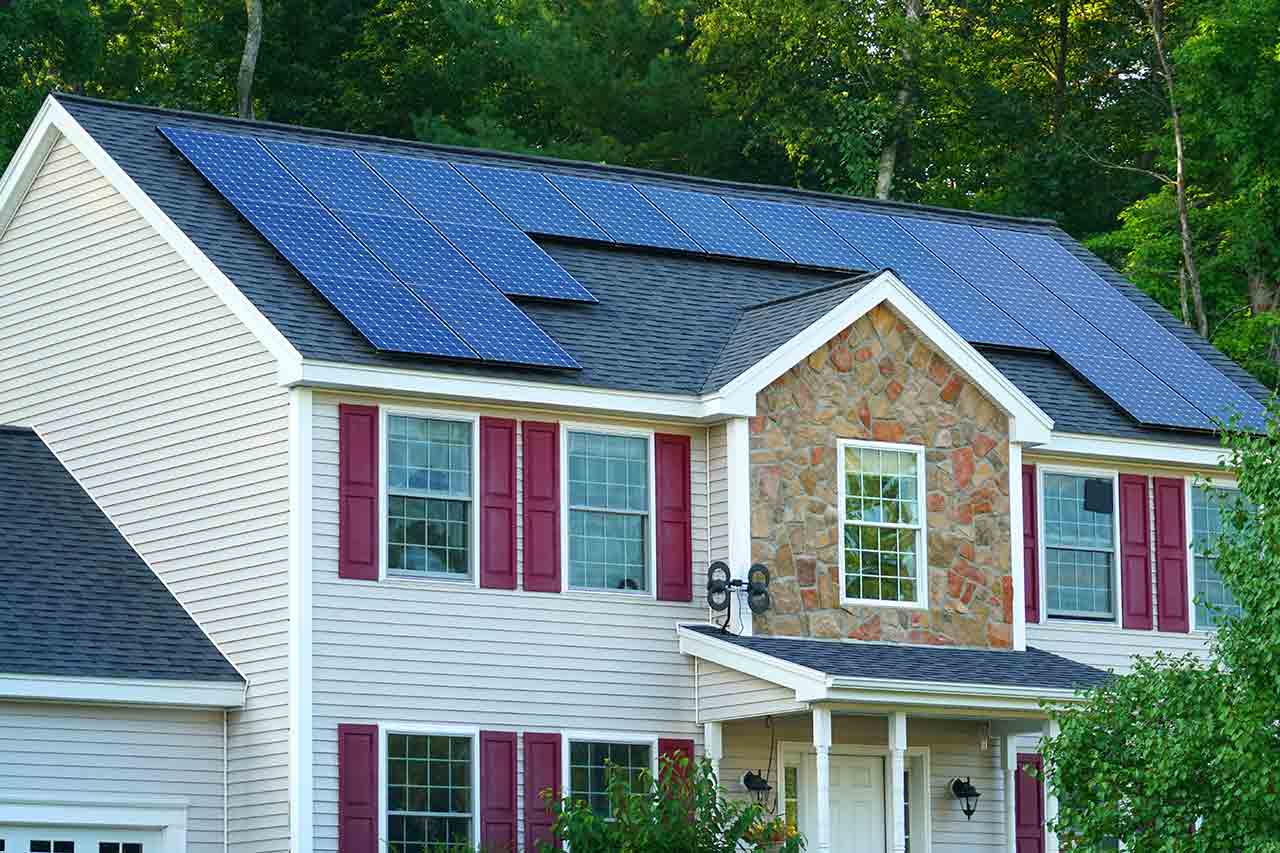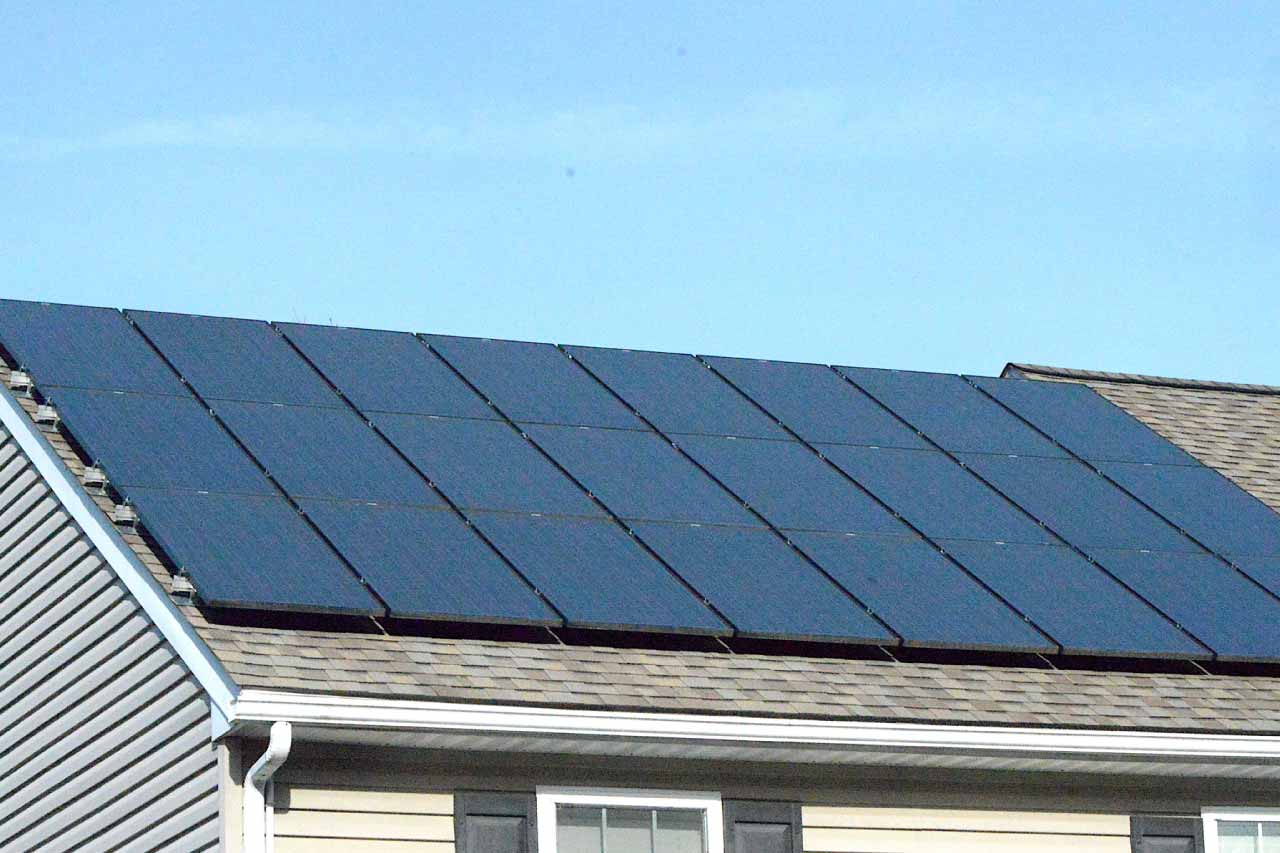Alpine Mechanical Solutions, LLC
Alpine Mechanical Solutions, LLC
We have the experience and we are committed to providing quality workmanship and superior customer service on all our applications. We at Alpine Mechanical Solutions, LLC strive to maintain our reputation as a high quality, very service oriented company with our main focus being customer satisfaction. Call today in the Jackson area. I offer a 30-45 day followup checkup, on every job, at no charge, which is unique in the industry.
"Took a week to get part, but Keith was always in contact with me and did not keep me waiting for an answer. Would recommend him to anyone with an air conditioning problem."
July 2019
We have the experience and we are committed to providing quality workmanship and superior customer service on all our applications. We at Alpine Mechanical Solutions, LLC strive to maintain our reputation as a high quality, very service oriented company with our main focus being customer satisfaction. Call today in the Jackson area. I offer a 30-45 day followup checkup, on every job, at no charge, which is unique in the industry.
"Took a week to get part, but Keith was always in contact with me and did not keep me waiting for an answer. Would recommend him to anyone with an air conditioning problem."
July 2019















